规格
|
|
Form:
|
Liquid |
|
Product Line:
|
Pierce™ |
|
Product Size:
|
10 x 1 mL |
|
Reagent Type:
|
Ion Pairing Reagent |
储存
|
|
Store in original container protected from direct sunlight in a dry, cool and well-ventilated area, between the following temperatures: 20 to 25°C. |
Thermo Scientific Pierce Trifluoroacetic Acid (TFA), Sequencing grade is manufactured and tested to meet strict specifications that ensure superior performance for use as an ion-pairing agent in reverse-phase peptide separations.
Features of Trifluoroacetic Acid (TFA), Sequencing grade:
• High purity and exceptional clarity—allows sensitive, nondestructive peptide detection at low UV wavelengths in reverse-phase HPLC protein and peptide separation systems
• High-performance packaging—TFA packaged under nitrogen in amber glass ampules or bottles with protective PTFE-lined fluorocarbon caps to ensure TFA integrity
• Economical convenience—Choose the TFA format that works best for your application. In just a few seconds, 1 ml ampules can be used to prepare 1 liter of fresh 0.1% v/v trifluoroacetic acid solution for the mobile phase in reverse-phase chromatography
Applications of Trifluoroacetic Acid (TFA), Sequencing grade:
• Ion pair reagent for reverse-phase HPLC
• Protein/peptide sequencing
• Protein/peptide solubilizing agent
• Solid-phase peptide synthesis
• Amino acid analysis
• Making 0.1% solutions of trifluoroacetic acid (w/v vs. v/v)
Trifluoroacetic acid (TFA) is the most commonly used ion pairing agent for use in reverse-phase HPLC peptide separations because it sharpens peaks and improves resolution, is volatile and easily removed, has low absorption within detection wavelengths. It is manufactured to the highest specifications to ensure the integrity of your data, maximize sensitivity in your assay and to prolong the life of your equipment.
Making 0.1% Trifluoracetic Acid Solutions:
For complex peptide separations, the key to success can be to vary selectivity. Varying mobile phase composition on the same column can change selectivity enough to resolve peptides that would otherwise overlap. Trifluoroacetic acid is the most frequently used modifier for peptide separations in reverse-phase HPLC. The TFA concentration usually specified is 0.1%. For reproducible separations from run-to-run or from lab-to-lab, it is essential to make TFA concentrations the same.
Trifluoroacetic acid concentration can and should be specified as either "w/v" (weight/volume), or as "v/v" (volume/volume). The w/v specification designates that the TFA is to be weighed and added to a volume of mobile phase (e.g. 0.1% TFA w/v requires one gram of TFA per liter). The v/v specification designates that the TFA is to be measured by volume (e.g. 0.1% TFA v/v requires one mL of TFA per liter).
Because the density of trifluoroacetic acid is 1.53 g/ml the difference between 0.1% TFA (w/v) and 0.1% TFA (v/v) is more than 50%. For the sake of reproducibility, it is essential for authors of a method to specify, and for users of a method to know, whether the TFA concentration is given as "w/v" or "v/v".
For added safety when opening glass ampules, consider using our Ampule Breakers, which are disposable safety devices that protect the fingers when breaking open a glass ampule.
Related Products
Pierce™ Trifluoroacetic Acid (TFA), LC-MS Grade



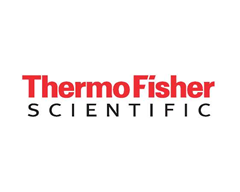
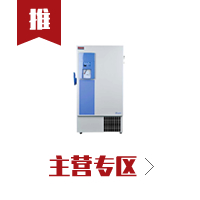


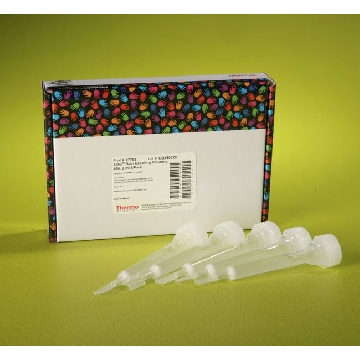
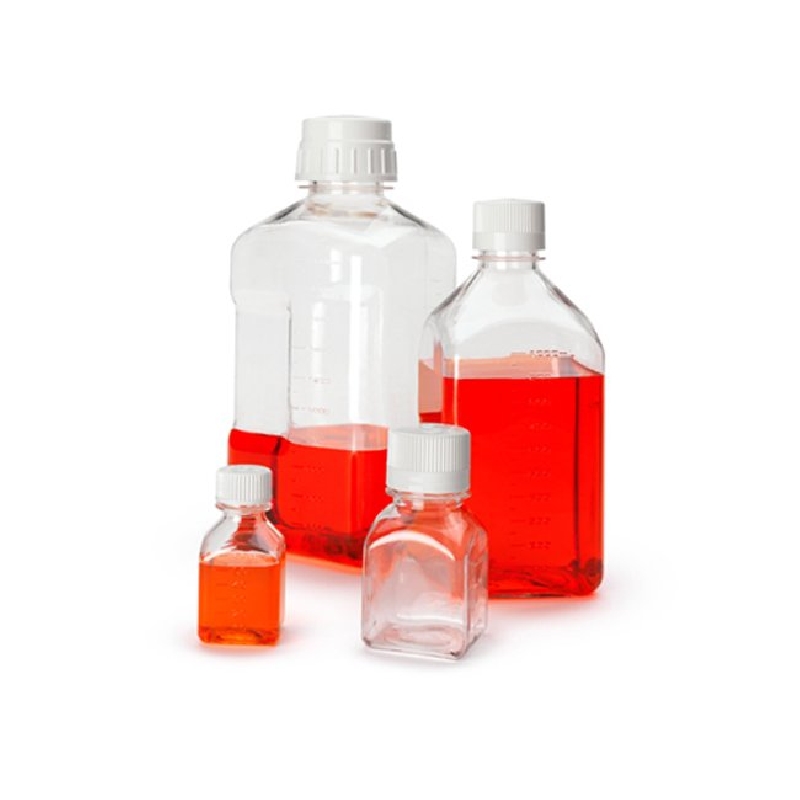
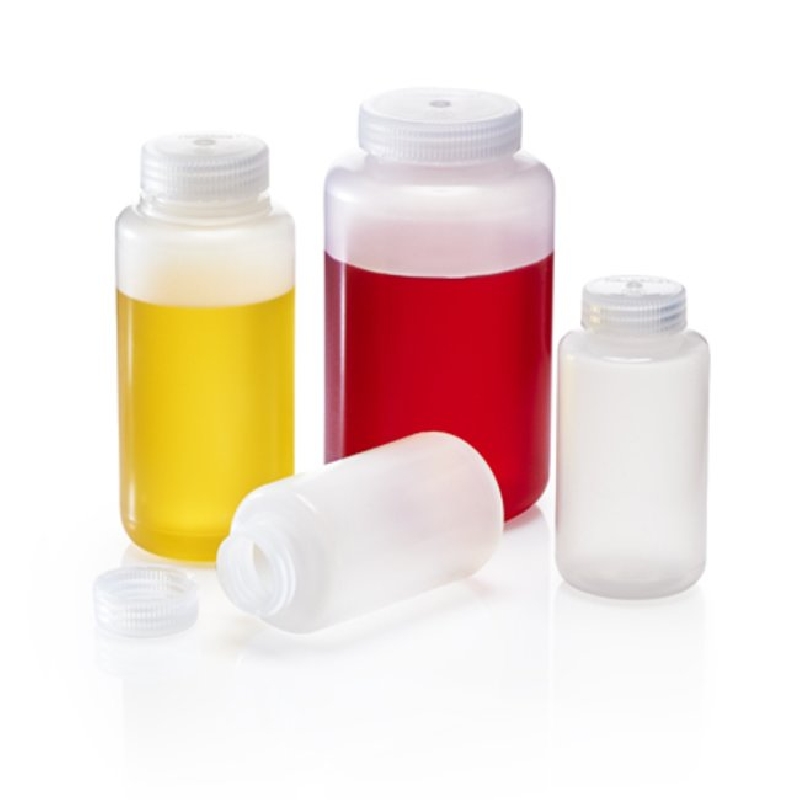
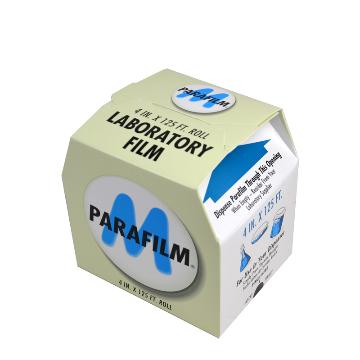
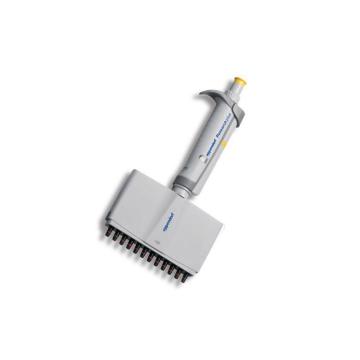
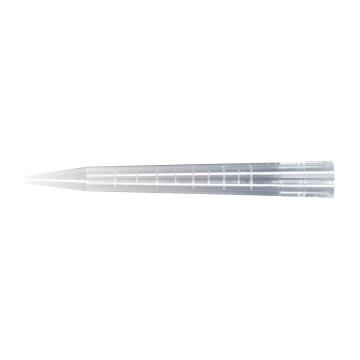
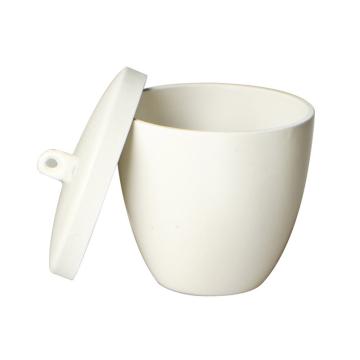
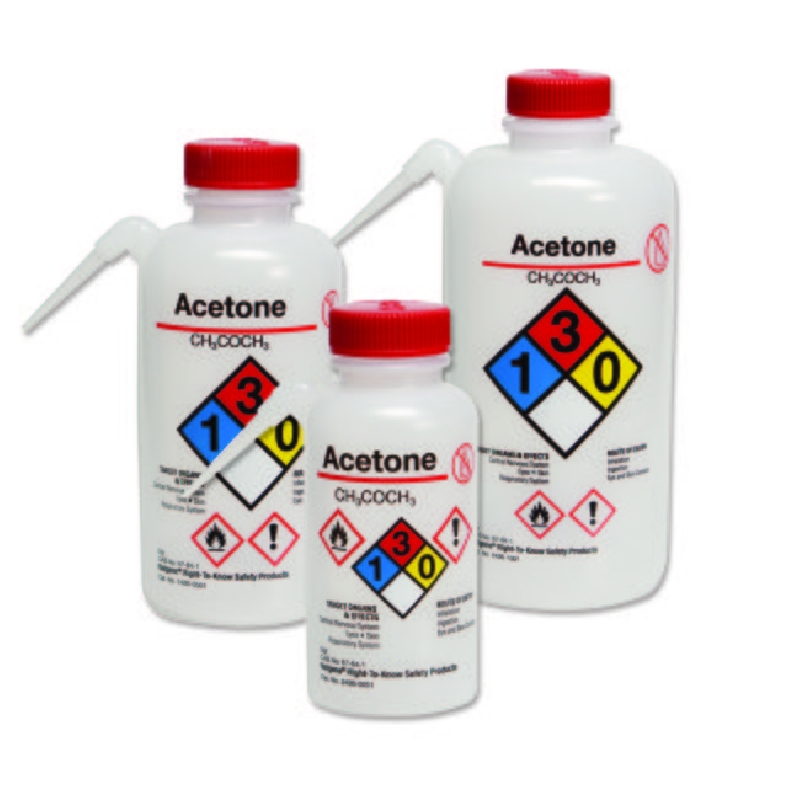
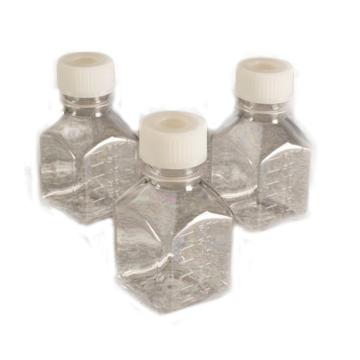
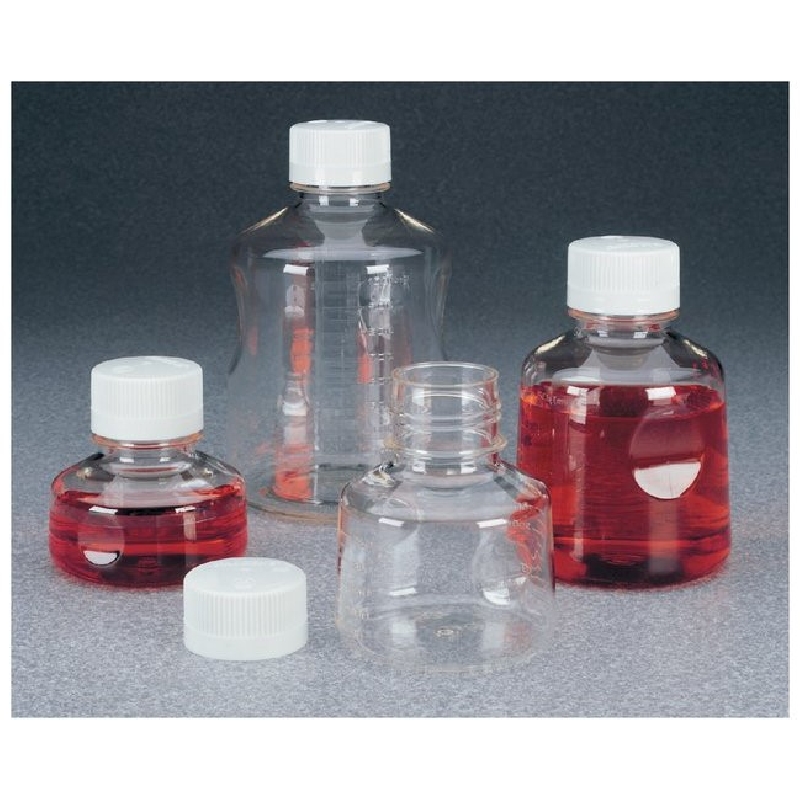
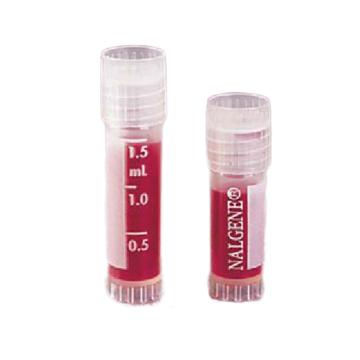
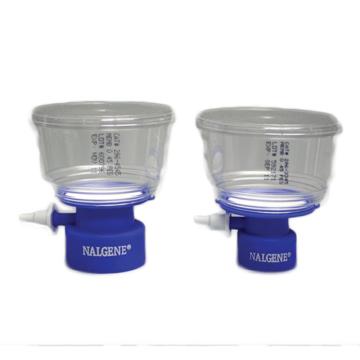
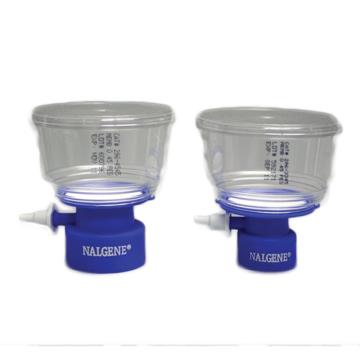
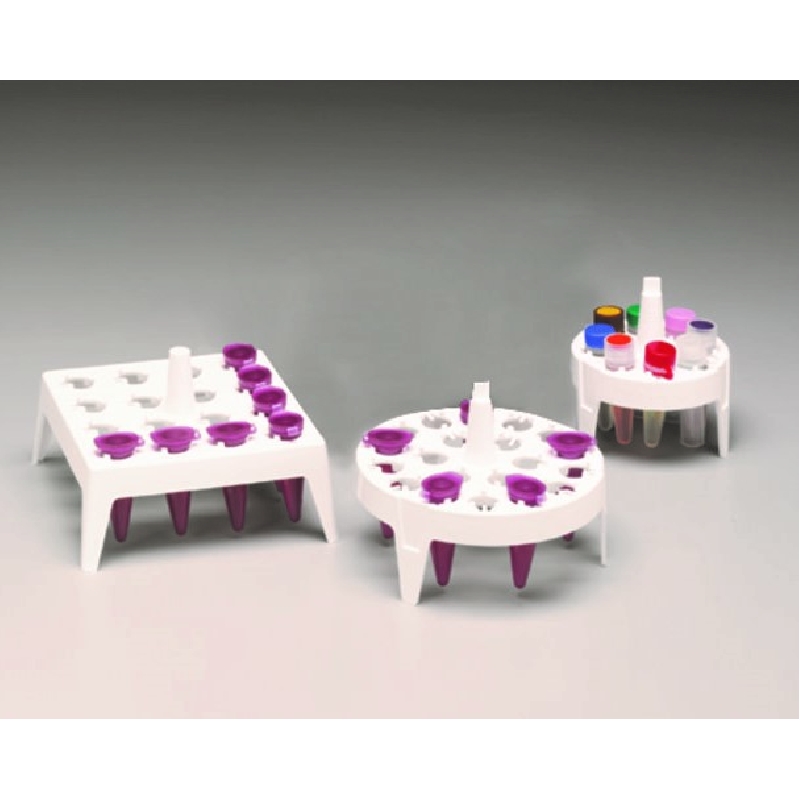
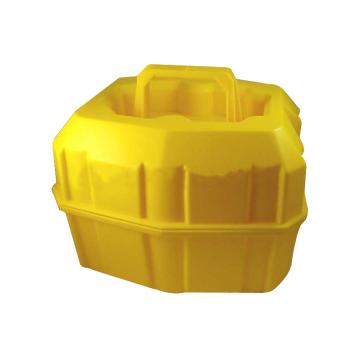
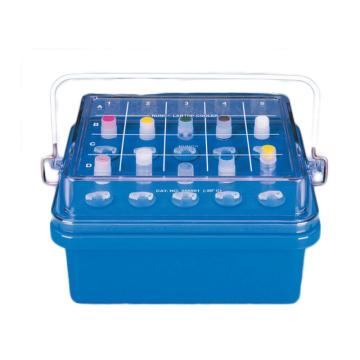
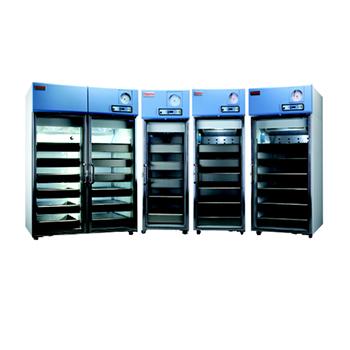
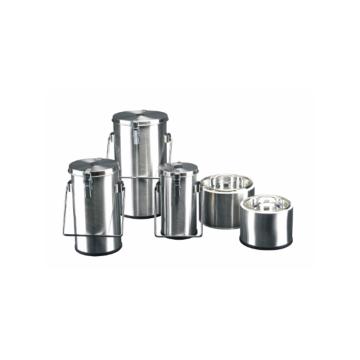
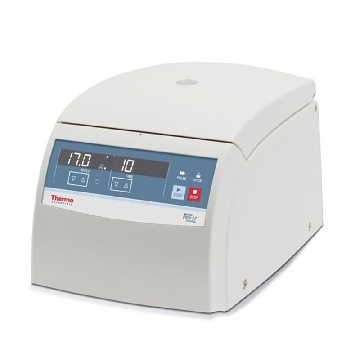








 微信小程序
7X24小时在线咨询
微信小程序
7X24小时在线咨询